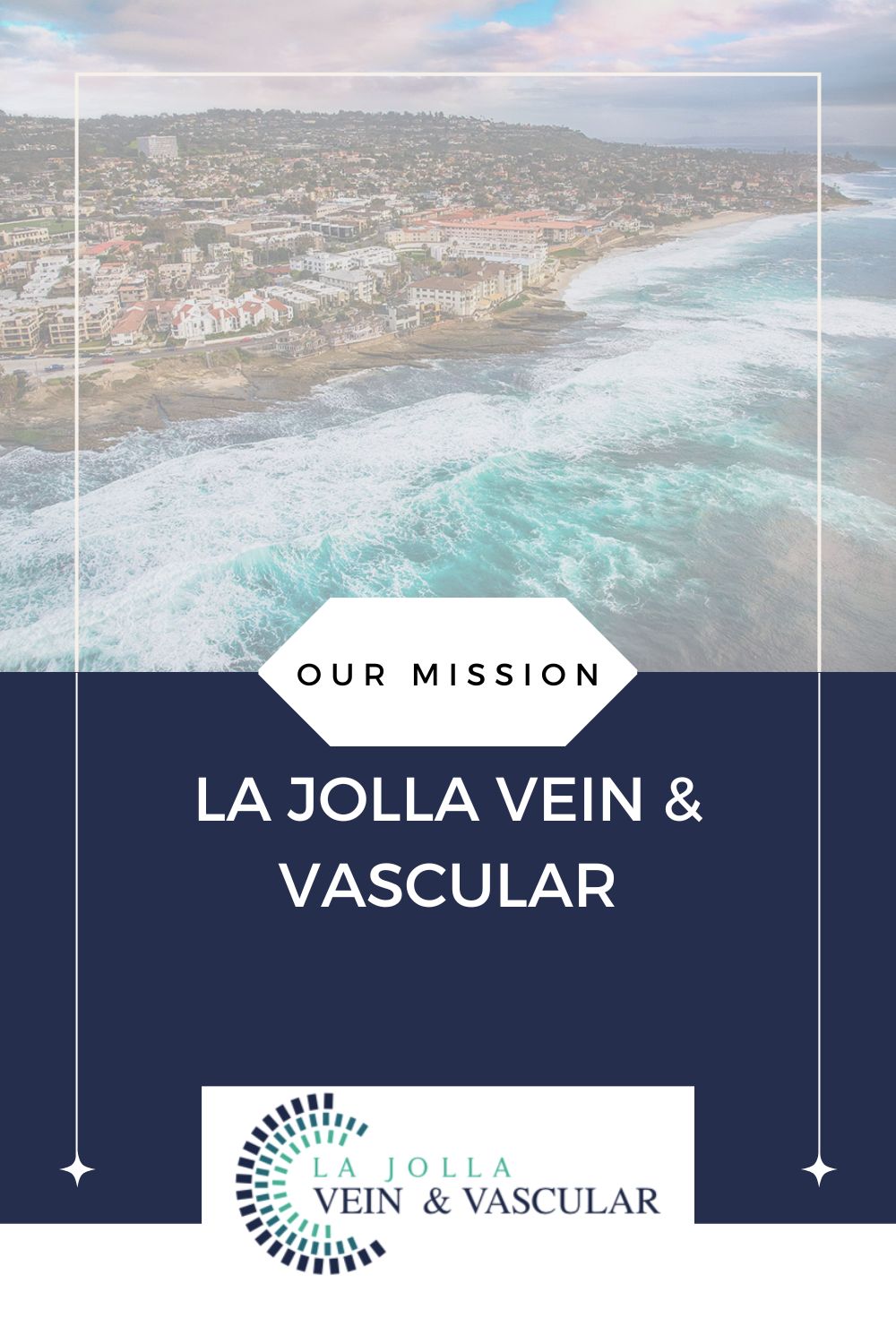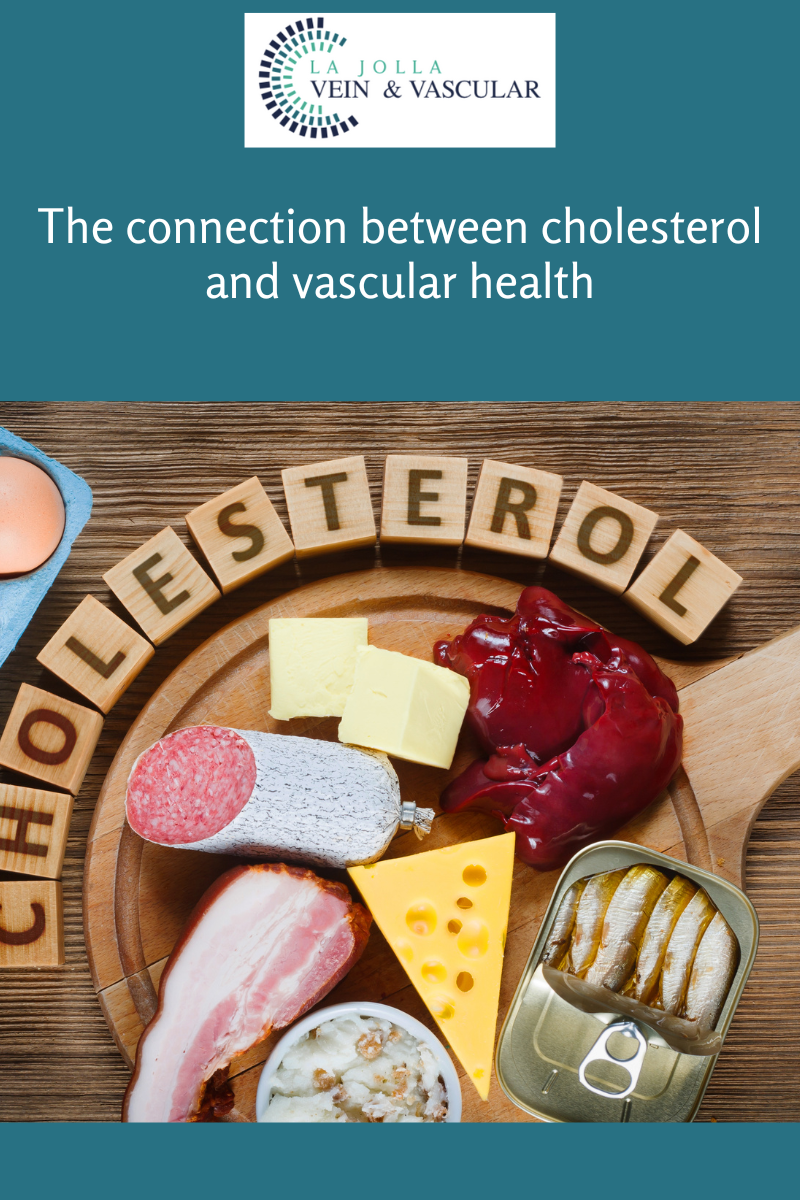Osteoarthritis
LJVascular2023-01-14T13:21:25-08:00Osteoarthritis of the knee:
The most common cause of knee pain is knee osteoarthritis. The pain may come and go, become worse over time, or come accompanied by other symptoms, including knee stiffness. The condition develops due to degeneration of the cartilage. While the cartilage does not contain any nerves, damage or […]











